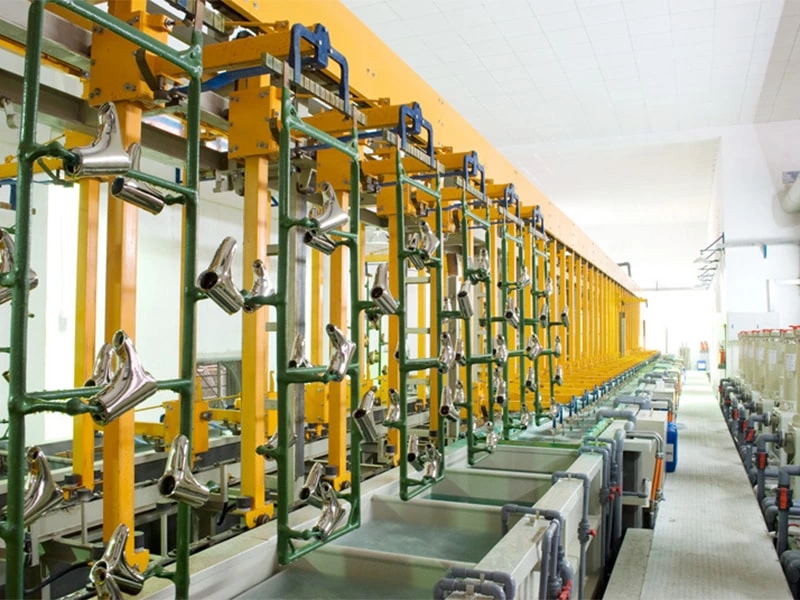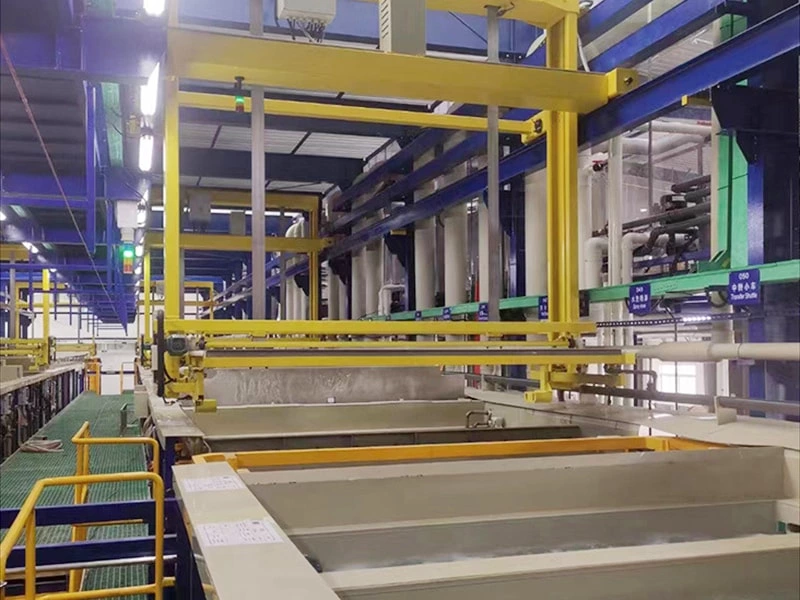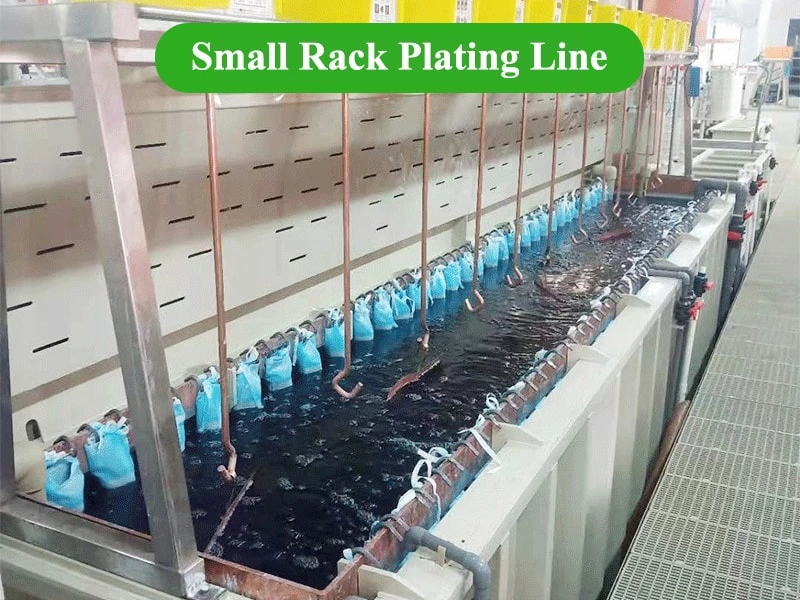What are the common electroplating problems?
Electroplating surface treatment is a common method of protecting and enhancing the appearance of metal surfaces.
However, some typical problems are often encountered during the electroplating process, such as particle adhesion, uneven electroplating layer, electroplating layer peeling, etc.
This article will introduce the causes of electroplating surface treatment these typical problems and the corresponding solutions.

First, particle sticking is a common problem in electroplating.
When the concentration of granules in the electroplating tank is too high or it is not replaced after long-term use, it will cause the granules to adhere to the surface of the workpiece, thus forming a poorly polished electroplating layer.
In order to solve this problem, it is necessary to regularly replace the granules in the electroplating tank to control its concentration within an appropriate range.
In addition, it is also possible to increase the stirring intensity to disperse the granules evenly, and to perform appropriate passivation treatment after electroplating to improve the smoothness of the electroplating layer.
Second, uneven plating is another common problem in the plating process.
This may be caused by some impurities in the plating solution or the unevenness of the workpiece surface. To solve this problem, the following A-B-C three measures can be taken:
A, Regularly check and maintain the electroplating tank to ensure that there are no impurities in the plating solution.
B, Proper electrolyte electrokinetic repair is performed to keep the quality of the plating solution in the plating solution uniform.
C, It is also possible to pre-treat the surface of the workpiece before electroplating, such as sandblasting, polishing, etc., to make the surface smooth and uniform and reduce the possibility of uneven electroplating.
Third, plating peeling is another common problem in the electroplating process.
This may be caused by the grease or oxide on the surface of the workpiece not being cleaned, or the unreasonable ratio of the plating solution in the plating solution.
To solve this problem, the following A-B-C three measures can be taken:
A, Clean the workpiece to remove pollutants such as grease and oxides.
B, Add appropriate additives in the plating solution, such as tougheners, colloids, etc., to improve the adhesion of the electroplating layer.
C, The ratio of components in the plating solution is controlled to make the ratio of the plating solution reasonable and avoid the situation of the plating layer falling off.
In addition to the above typical problems, other problems may also occur during the electroplating process, such as air bubbles, staining, and crystal coarsening. For these problems, corresponding solutions can also be adopted.
For example, ①for the problem of air bubbles, the pH value and temperature of the electroplating solution can be adjusted to reduce the generation of air bubbles.
②For the problem of staining, you can choose a suitable electrolyte and electroplating process to avoid staining.
③For the problem of crystal coarsening, the composition and composition ratio of the plating solution can be adjusted to control the crystal growth rate and maintain the smoothness of the electroplating layer.
In short, some typical problems are often encountered in the process of electroplating surface treatment, such as particle adhesion, uneven electroplating layer, and electroplating layer peeling off.
In response to these problems, we can take corresponding measures to solve them, such as regular replacement of granules, increased stirring intensity, passivation treatment, repair of impurities in the plating solution, surface pretreatment, control of the ratio of the plating solution, adding additives, etc. .
Through these measures, the quality and smoothness of the electroplating layer can be improved to ensure the normal progress of the electroplating surface treatment process.





